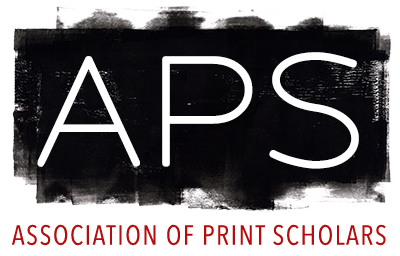Grotesque heads in Renaissance and Early Modern Italy (New Orleans, 22-24 Mar 18)
This session seeks to explore the development of the grotesque head as an early modern genre and later influences. Participants are encouraged to put forward original readings of grotesque heads as depicted in drawings, paintings and prints, as well as those found in single and group portraits, and series. We hope to approach the subject from many angles and would welcome analyses of processes ranging from the ‘doodle’ to highly finished works; and discussions of the subject as a reflection of the human condition from socio-political stances, as well as the interaction between caricature and audience.
Please send proposals to Rebecca Norris rebeccamnorris@cantab.net and Lucia Tantardini lt303@cam.ac.uk by Wednesday, 31 May 2017.
As per RSA guidelines, proposals must include the following: paper title (15-word maximum), abstract (150-word maximum), keywords, and a very brief curriculum vitae (300-word maximum).

Leave a Reply
You must be logged in to post a comment.